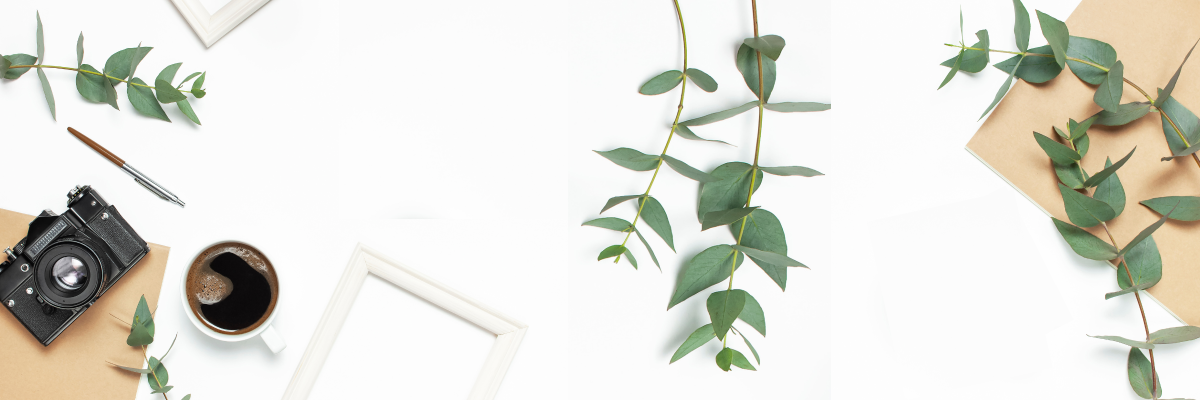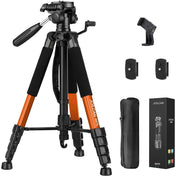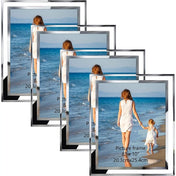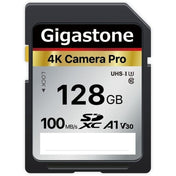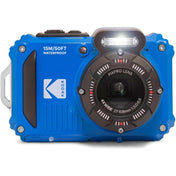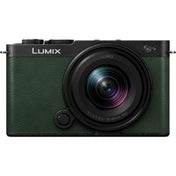Architectural photography is an art form that involves capturing the beauty and intricacy of buildings and structures. Whether you're a seasoned professional or a hobbyist looking to improve your skills, understanding the basics of this unique genre can greatly enhance your photography portfolio. In this guide, we'll explore essential techniques and tips for capturing breathtaking architectural images, along with insights into the tools that can elevate your photography experience, such as the FujiFilm M-Mount Adapter.
Understanding Architectural Photography
Architectural photography goes beyond merely snapping pictures of buildings. It combines technical skill, artistic vision, and an understanding of light, composition, and perspective. This type of photography aims to convey not just the structure but also its context within its environment. Whether it's the elegant lines of a modern skyscraper or the rustic charm of an aged building, architectural photography captures the narrative each structure tells.
The Importance of Planning Your Shoot
When embarking on an architectural photography project, planning is crucial. Here are some tips to consider to ensure a successful shoot:
Research Your Subject
Before arriving on-site, do your research. Familiarize yourself with the architecture, its history, and its significance. Understanding the story behind the building can provide context that enhances your shots. Make notes or sketches of elements that intrigue you. Be sure to also explore different times of day and weather conditions, as these can influence the mood and lighting of your images.
Scout the Location
Visiting the site beforehand allows you to identify the best angles, backgrounds, and lighting conditions. Look for interesting details, patterns, and textures that can add depth to your photographs. Take test shots with your smartphone or camera to get a feel for the environment.
Mastering Composition
Composition is one of the most critical aspects of photography. Here are a few key principles to consider when composing your architectural shots:
Leading Lines
Utilize leading lines to draw the viewer's eye into the photograph. This can be natural elements such as pathways or edges of buildings converging towards the subject. Leading lines can provide direction, making the image more engaging.
Rule of Thirds
Applying the rule of thirds can help create balanced and interesting photos. By dividing your frame into a 3x3 grid and positioning your subject off-center, you can create a sense of depth and movement in your composition.
Foreground Interest
Incorporating elements in the foreground can add layers to your photographs, making them more dynamic. This can be foliage, sculptures, or other objects that provide context and remind viewers of the setting.
Optimal Lighting Conditions
Lighting dramatically affects the quality of your architectural photographs. Here are some tips to make the most of natural light:
The Golden Hour
The golden hour, which occurs shortly after sunrise and before sunset, offers soft, warm light that enhances the beauty of architectural details. The shadows created during this time add depth and texture, making your photos visually stunning.
Overcast Days
Don't shy away from shooting on cloudy days. Overcast skies provide diffused light, eliminating harsh shadows and allowing for an even exposure. This is especially useful when photographing intricate details or colors of a building.
Utilizing Equipment Effectively
Having the right gear is essential for capturing high-quality architectural photographs. Consider the following equipment to enhance your skills:
Lenses
Wide-angle lenses are popular for architectural photography as they allow you to capture more of the structure in a single frame. However, be cautious about distortion, particularly when capturing tall buildings. A tilt-shift lens can help correct perspective distortion.
Tripods
Using a tripod is vital for ensuring stability, especially in low-light situations. A sturdy tripod allows you to utilize longer exposure times without introducing blurriness into your images.
FujiFilm M-Mount Adapter
If you own a FujiFilm camera, consider investing in a FujiFilm M-Mount Adapter. This handy accessory allows you to use a range of M-mount lenses, giving you access to high-quality optics that can elevate your architectural shots. The ability to adapt various lenses can provide the versatility needed for different lighting scenarios and perspective corrections.
Post-Processing Techniques
Even with the best equipment and techniques, enhancing your images in post-processing can make a significant difference. Here are a few basic post-processing tips:
Enhance Details
Use software like Adobe Lightroom or Photoshop to sharpen your images and enhance details. Adjusting clarity and contrast can help architecture stand out, making it more engaging to viewers.
Cropping and Straightening
Sometimes, a small crop can significantly improve composition. Additionally, always check that your vertical lines are straight; this is particularly important in architectural photography to avoid that dreaded "leaning building" effect.
Color Adjustments
Pay attention to your white balance. Adjusting this can bring out the true colors of the materials used in the structure, making the image more accurate and visually appealing.
Running with Different Styles
Architectural photography isn't one-size-fits-all, and there are several styles you can explore:
Minimalist Photography
This approach emphasizes simplicity, often focusing on clean lines and stark contrasts. Minimalist architecture photography draws attention to the essential elements without distracting backgrounds or objects.
Documentary Style
This style captures the building in its environment, showcasing how it interacts with its surroundings. It often includes people, vehicles, or other landmarks to contextualize the architecture.
Night Photography
Night photography can reveal a completely different perspective of architectural structures. The artificial lighting can create dramatic effects that enhance textures and colors. Just be sure to use long exposure times and a tripod for the best results.
Showcasing Your Work
Once you've captured your architectural images, it’s crucial to share and showcase them effectively:
Create a Portfolio
A well-curated portfolio is essential for any photographer. Choose your best images that represent your style and abilities. Consider printing a physical version for exhibitions, or creating a digital portfolio to share online.
Engage on Social Media
Instagram, Pinterest, and other visual platforms are great for showcasing your work. Use relevant hashtags, such as #ArchitecturalPhotography and #FujiFilm, to reach a wider audience. Engagement is key—interact with your followers to build a community around your work.
Inspiring a New Generation
Architectural photography is not just about the technical skills; it's also about inspiring others and contributing to the appreciation of architectural beauty. Whether you photograph modern buildings or historical sites, your images can tell stories that resonate with others. Share your insights, encourage others to explore their creativity, and continue to learn and evolve as a photographer.
By mastering the basics of architectural photography, utilizing tools like the FujiFilm M-Mount Adapter, and understanding the nuances of light, composition, and style, you can take your photography to new heights. Get out there, start shooting, and capture the incredible structures that surround us!
Discover the creativity of other Shopify or Wix store owners by visiting their stores. Follow this link to their online store. Please remember that this is a promotional link, and we assume no liability for the content of the linked store.

